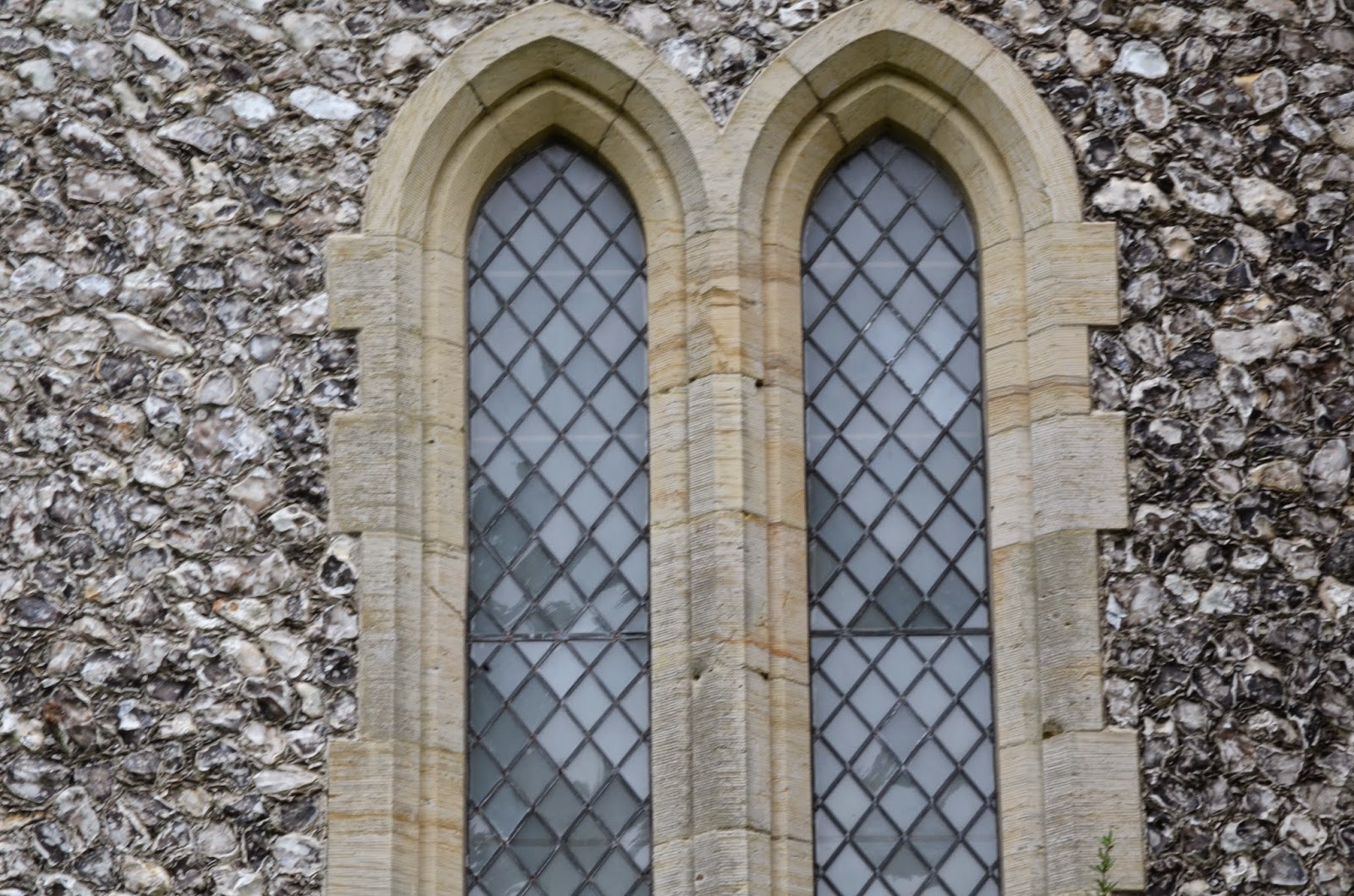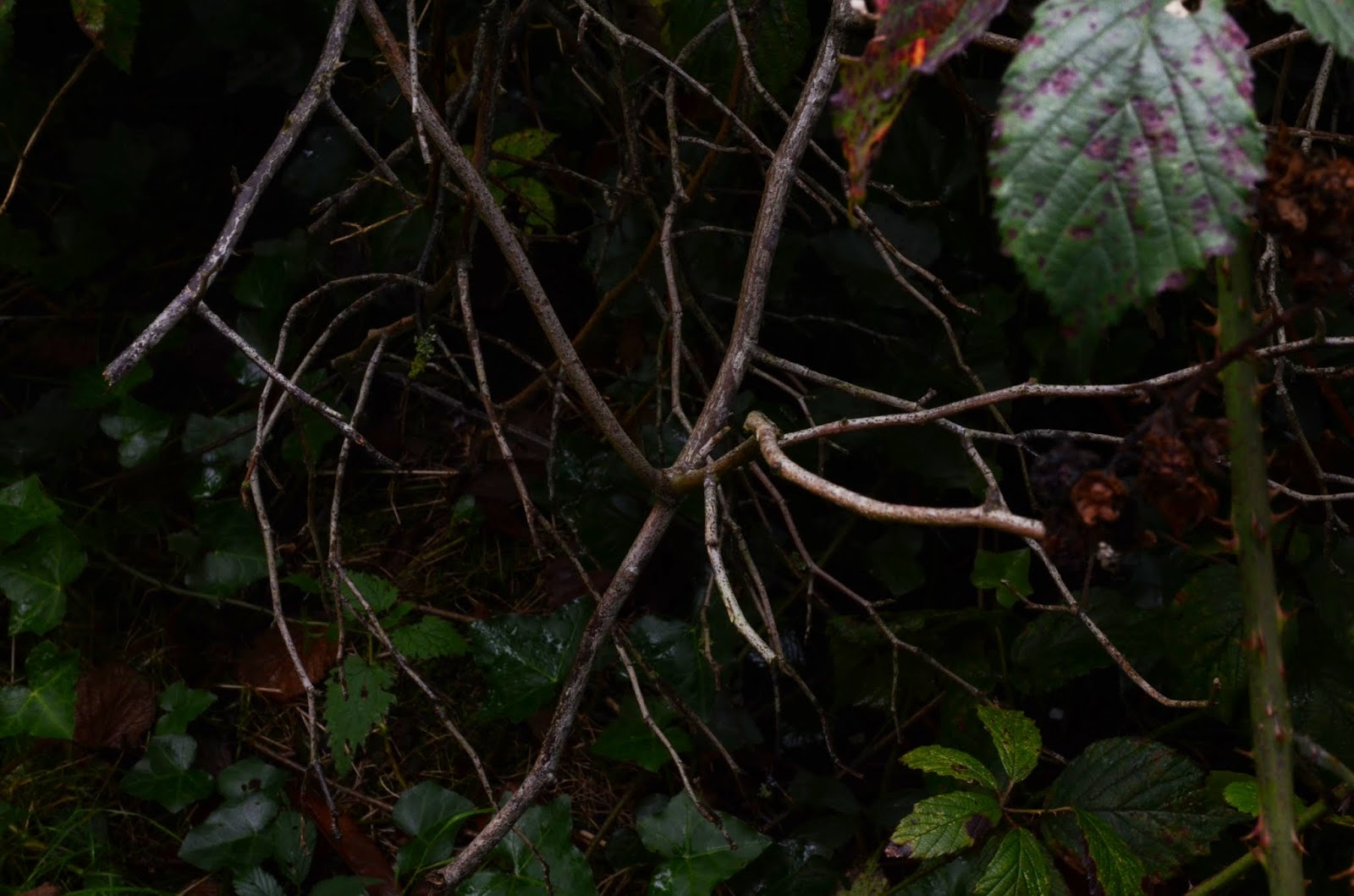My final shoot went successfully and with the use of photoshop the saturated superficial feel I was looking for was created. I used a green screen to photoshop in a plain pastel background to remain focus in the foreground, which is quite common in portraiture shots. On the model, I increased the saturation levels, definition, sharpness and contrast to be left with a brighter, more artificial look which reflects my idea of superficial consumerism. To improve I would make some of the images clearer and defined as they weren't as precise as I would have liked them to be. However, I think my fashion photography research into photographers such as David Bailey, William Klein and especially John Rankin are reflected well within my final shots.
Wednesday, 10 December 2014
Tuesday, 9 December 2014
William Klein Further Research
BACKGROUND INFORMATION:
- He was born in 1928, in New York into a low income family with Jewish heritage.
- He studied sociology at the City College of New York , before joining the army.
- He went to the University of Paris, where he chose to study a degree in Sculpture and Abstract Painting.
- After this he reached worldwide fame when he became a fashion photographer for Vogue, for whom he photographed models in the streets of Paris, New York and Rome.
- He became known as one of the fathers of street photography through his work with Vogue.
- He went on to direct his first feature film in 1966, titled Who are you, Polly Maggoo? adapting his career title.
- His photography has been openly critical of America’s foreign policy and society in general. His film Mister Freedom has been recognised as one of the most anti-American films ever made by critic Jonathan Rosenbaum.
VOGUE CAREER:
- Klein worked for Vogue in New York for 10 years as a fashion photographer.
- He continued his iconic style, of burry, kinetic photographs and this is the first time his unconventional skill had been publicized to a mainstream audience.
"They were probably the most unpopular fashion photographs Vogue ever published,"
PHOTOGRAPHY STYLE:
- William Klein is known for his stark, bleak black and white images. He is widely recognised as a man who takes an ironic approach to his work.
- Though he has been known to take shocking photographs as well as purely bleak ones, as you can see in the images below.
- Klein most commonly took wide angle shots and used a telephoto lens.
- Which enabled him to extend the path of the light, thus making it possible for him to namely use natural light in his images, on which he prided himself on.
- His work was inspired by the work of Man Ray, the Dadaists etc.. Giving his images an edge that could not be ignored, especially seeing as he changed fashion photography as it was known in that era.
CULTURAL POLITICAL CONTEXT:
- Klein goes against conventions of traditional street photography.
- Blurring, Wide-angled lenses, interacting with subjects are all iconic features of Klein’s work reflecting his undisciplined skills.
- Some of his work has been openly criticised ‘anti-American’.
- After being away from America for 6 months, he said he viewed everything with ‘1 American eye and 1 European eye’.
- This probed him to start his most well known project of the streets of New York (where he was raised) in 1956, with his most famous work being ‘Life is good and good for you in New-York : Trance Witness Revels (1958)’
“the world capital of anguish”
“a kind of nostalgia for New York, for my lost youth,”
"People ask me why I never went back home to America,“
"Have you seen those crazy right-wing assholes who want to be president? The place is so reactionary it just makes me angry. If I lived there, you wouldn't be interviewing me, I'd be dead from a heart attack by now."
IDEOLOGIES:
- Klein had a very select ideology in mind after he returned from the war. He portrayed these through his films and photographic works.
- For instance his film Mr. Freedom was anti-imperialism, showing Williams ideals through the medium of film was one of the best yet openly criticised ideas.
- Another film that his ideologies were portrayed through was Who are You, Polly Maggoo? In this film he openly ridiculed the fashion industry through the storyline and his use of Mise-en-scène, and he classed the film as a spoof. Not unlike Mr.Freedom
Field Trip: Stamner Park
This field trip to Stanmer Park allowed me to experiment with adjusting IOS settings, Aperture and Shutter Speed when shooting outside and using wildlife as a subject. I was also able to experiment with composition as there was a range of colours and shapes and I practiced including the rule of thirds in some shots. This has helped me gain a greater understanding of camera skills and grasping the bare basics.
Subscribe to:
Comments (Atom)























































